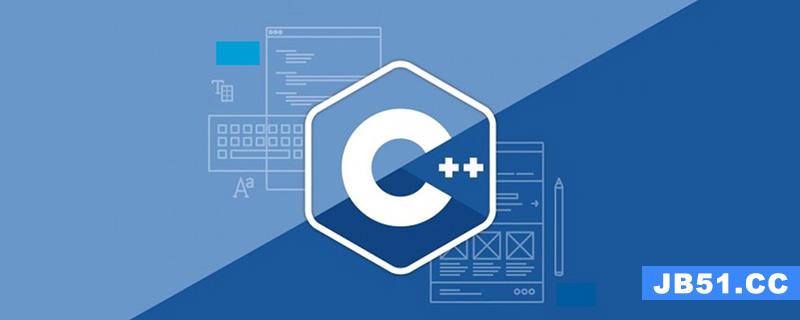class ParallelConsumer<T> : Idisposable { private readonly int _maxParallel; private readonly Action<T> _action; private readonly TaskFactory _factory = new TaskFactory(); private CancellationTokenSource _tokenSource; private readonly BlockingCollection<T> _entries = new BlockingCollection<T>(); private Task _task; public ParallelConsumer(int maxParallel,Action<T> action) { _maxParallel = maxParallel; _action = action; } public void Start() { try { _tokenSource = new CancellationTokenSource(); _task = _factory.StartNew( () => { Parallel.ForEach( _entries.GetConsumingEnumerable(),new ParallelOptions { MaxDegreeOfParallelism = _maxParallel,CancellationToken = _tokenSource.Token },(item,loopState) => { Log("Taking" + item); if (!_tokenSource.IsCancellationRequested) { _action(item); Log("Finished" + item); } else { Log("Not Taking" + item); _entries.CompleteAdding(); loopState.Stop(); } }); },_tokenSource.Token); } catch (OperationCanceledException oce) { System.Diagnostics.Debug.WriteLine(oce); } } private void Log(string message) { Console.WriteLine(message); } public void Stop() { dispose(); } public void Enqueue(T entry) { Log("Enqueuing" + entry); _entries.Add(entry); } public void dispose() { if (_task == null) { return; } _tokenSource.Cancel(); while (!_task.IsCanceled) { } _task.dispose(); _tokenSource.dispose(); _task = null; } }
class Program
{
static void Main(string[] args)
{
TestRepeatedEnqueue(100,1);
}
private static void TestRepeatedEnqueue(int itemCount,int parallelCount)
{
bool[] flags = new bool[itemCount];
var consumer = new ParallelConsumer<int>(parallelCount,(i) =>
{
flags[i] = true;
}
);
consumer.Start();
for (int i = 0; i < itemCount; i++)
{
consumer.Enqueue(i);
}
Thread.Sleep(1000);
Debug.Assert(flags.All(b => b == true));
}
}
解决方法
http://blogs.msdn.com/b/pfxteam/archive/2010/04/06/9990420.aspx
该博客还提供了一个名为GetConsumingPartitioner()的方法的源代码,您可以使用它来解决问题.
摘自博客:
BlockingCollection’s GetConsumingEnumerable implementation is using BlockingCollection’s internal synchronization which already supports multiple consumers concurrently,but ForEach doesn’t kNow that,and its enumerable-partitioning logic also needs to take a lock while accessing the enumerable.
As such,there’s more synchronization here than is actually necessary,resulting in a potentially non-negligable performance hit.
[Also] the partitioning algorithm employed by default by both Parallel.ForEach and PLINQ use chunking in order to minimize synchronization costs: rather than taking the lock once per element,it’ll take the lock,grab a group of elements (a chunk),and then release the lock.
While this design can help with overall throughput,for scenarios that are focused more on low latency,that chunking can be prohibitive.
版权声明:本文内容由互联网用户自发贡献,该文观点与技术仅代表作者本人。本站仅提供信息存储空间服务,不拥有所有权,不承担相关法律责任。如发现本站有涉嫌侵权/违法违规的内容, 请发送邮件至 dio@foxmail.com 举报,一经查实,本站将立刻删除。















